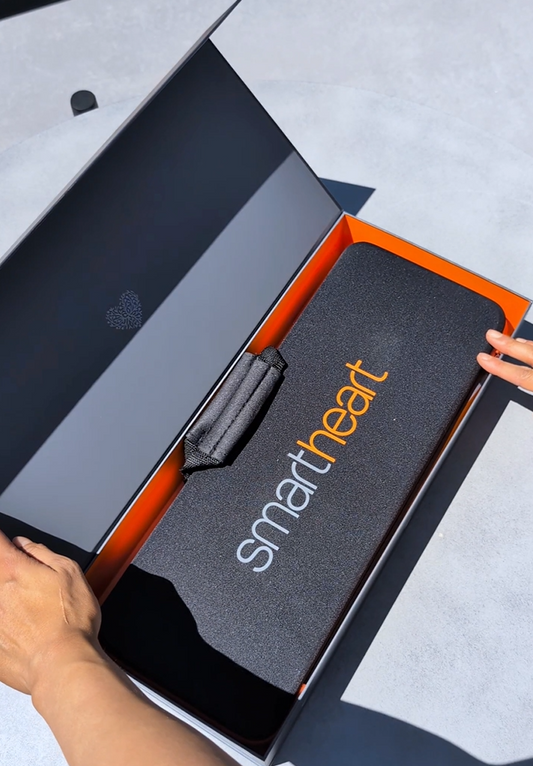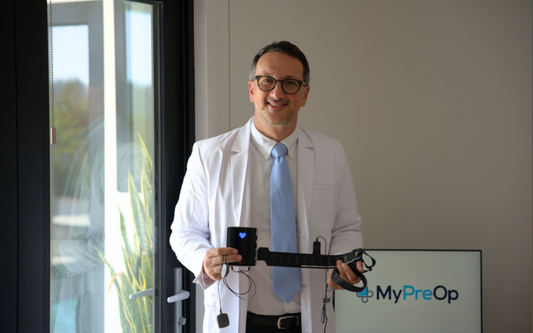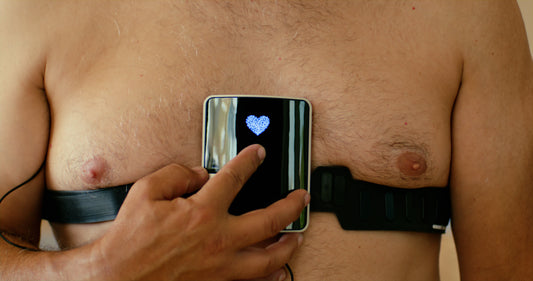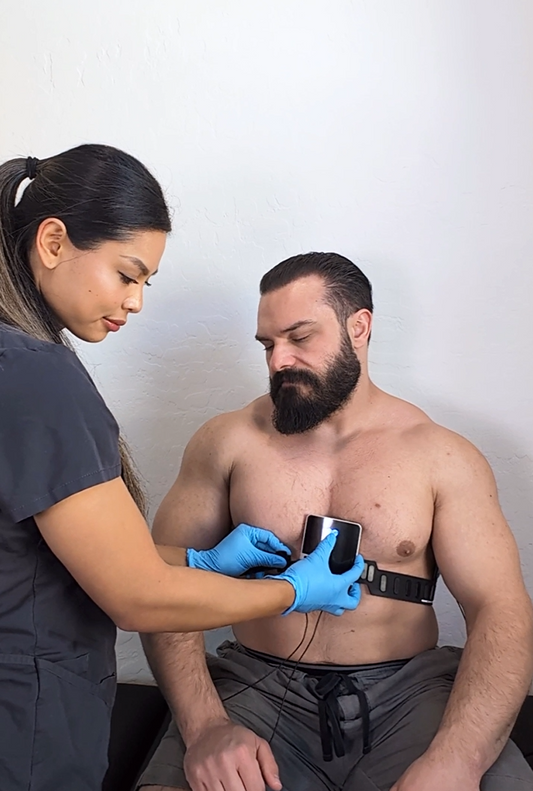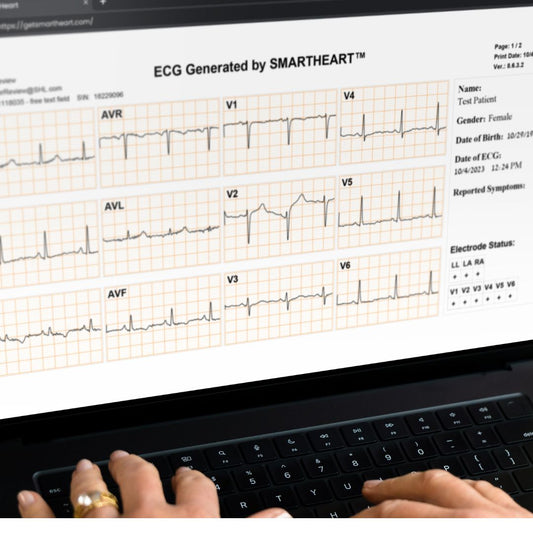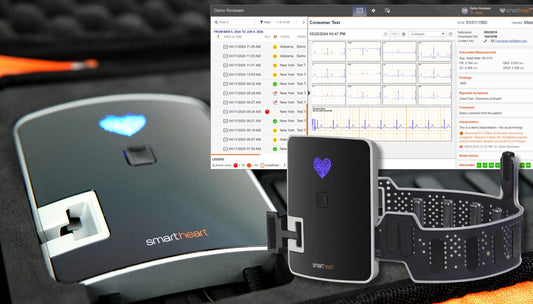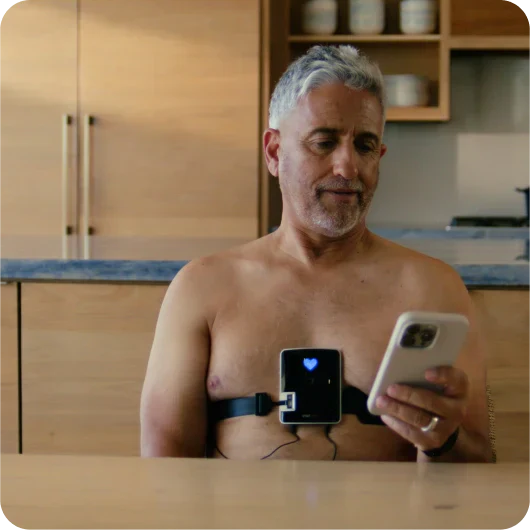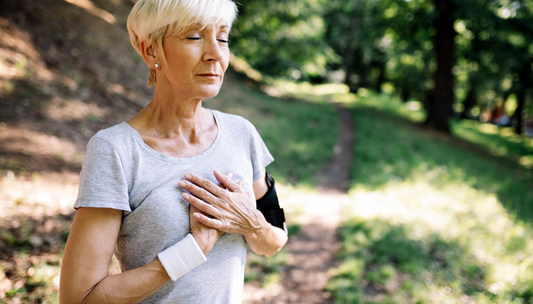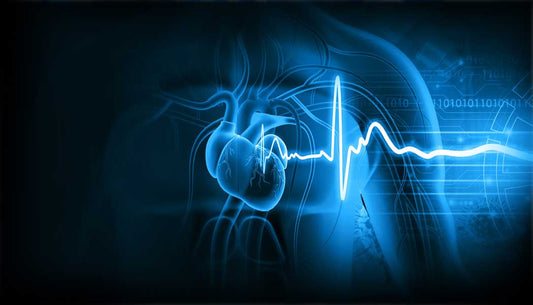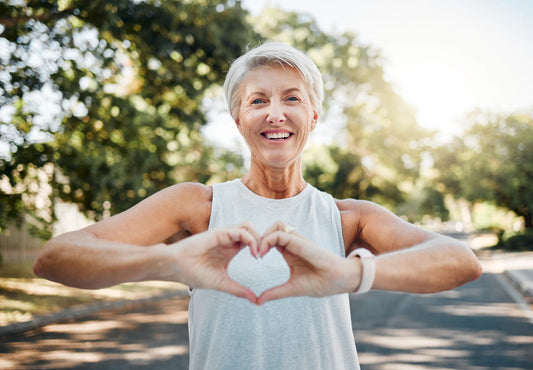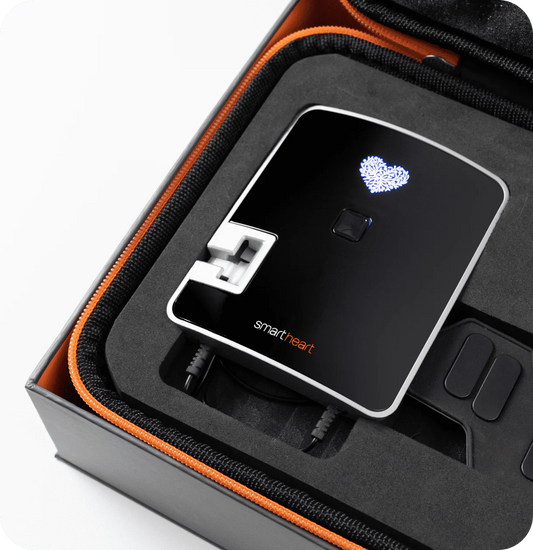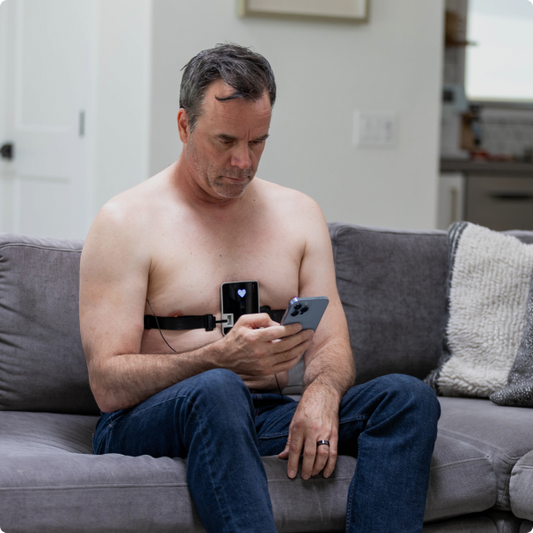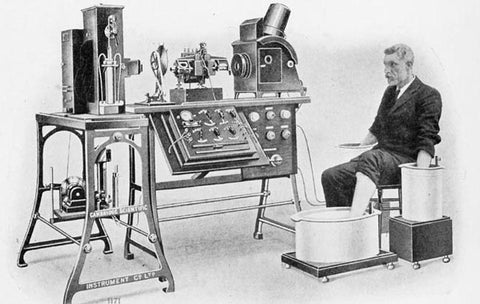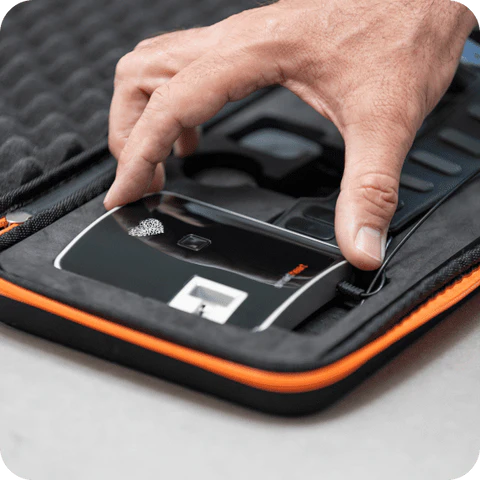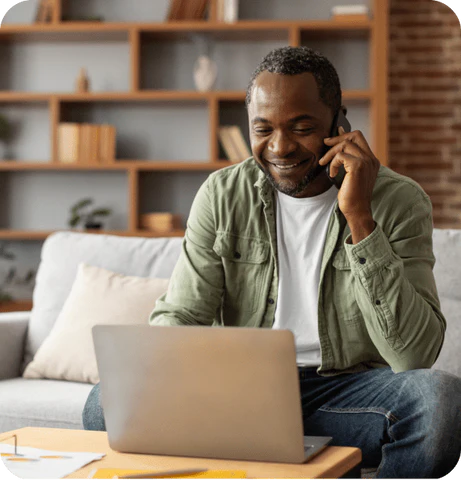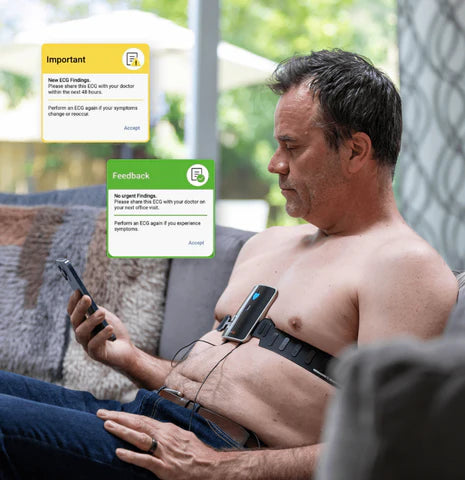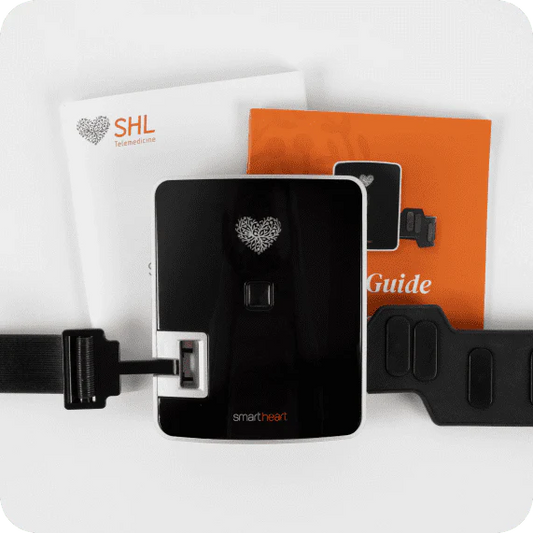Introduction
Here’s what’s frustrating about heart attack detection: it’s different for everyone. Most of the time there is chest pain, but even that can be explained away. You might say it’s indigestion or anxiety or maybe just another sign that you’re getting older. The other symptoms can also be attributed to something else. Certainly, you’ve been dizzy before. You’ve been nauseated as well. And, the fatigue you’re feeling…it’s not that different from every other time you’ve been tired, right?
The signals our bodies give us can hardly be considered objective. How else can we understand the wide spectrum of heart attack symptoms – feelings that range from a crushing sensation on the chest to a mild flutter of acid reflux? Like most everything in healthcare, it’s not intuitive. Oftentimes our bodies’ way of telling us there is something wrong – something dangerously wrong – is the same as when it tells us we ate too much spicy food or that we’re drinking too much coffee or that maybe we need to try meditation. The physiological gulf between anxiety and a heart attack couldn’t be wider, but sometimes both come with symptoms that are identical.
If there is one concrete goal in modern cardiology, it is to drag a little objectivity into the process of diagnosis. As opposed to trying to interpret a patient’s reported symptoms, it is always better to receive real-time objective data. For the heart, that means a wide variety of new and old tests (cardiac CT scan, cardiac MRI, electrocardiogram), but what about outside the hospital? How does a cardiovascular patient interpret the barrage of human feelings that is constantly bombarding them? How do they distinguish between something as quotidian as acid reflux from something as life-threatening as another heart attack?
Luckily, with modern detection methods, patients now enjoy unprecedented technology that allows them to monitor their heart and helps them decide whether the time is right to call their doctor. As a heart patient, you’re now able to read the signs.
Leveraging Modern Detection Methods
Modern detection methods center around the need for more data. A single visit to the doctor or hospital will not prove advantageous if you are experiencing symptoms intermittently. If once a week you suddenly become light-headed but the rest of the time are fine, then a cardiologist will need data at the moment of your symptoms – not when you have reported them. That’s why modern cardiology has slowly but surely moved towards cardiac event monitors, devices that record the rhythms of your heart and allow providers to make a more accurate diagnosis.
At-home and on-the-go heart monitoring is crucial if a patient has reported frequent chest pains or has recently had a heart attack or stroke. Using the data from these devices will tell doctors whether there is enough oxygen reaching the heart and assess the effectiveness of any prescribed medication. These wearable devices seamlessly integrate into everyday routines, providing continuous monitoring without disrupting your lifestyle. Individuals now have a vigilant ally, tirelessly keeping watch over their heart's well-being.
Recognizing Patterns and Anomalies
The true power of modern detection methods lies in their ability to discern patterns and anomalies that may escape the notice of traditional assessments. Artificial intelligence, fueled by vast datasets, acts as a virtual guardian, tirelessly scrutinizing the nuances of heart activity.
The capabilities of these portable devices (particularly SmartHeart’s 12-lead ECG) are astounding. A well-calibrated machine can deliver reams of comprehensive data that can give clues in diagnosing tachycardia, bradycardia, and first, second, and third-degree atrioventricular blocks.
This level of sophistication enables early heart attack detection of subtle deviations from the norm, empowering individuals with the knowledge to intervene before a potential issue escalates. It's not just about data; it's about the invaluable foresight that comes with understanding the intricate language of the heart.
User-Friendly Applications
User-friendly applications serve as the interface between complex data and actionable insights, ensuring that individuals can effortlessly navigate and interpret their heart health information. These applications are designed with accessibility in mind, providing clear visualizations, easy-to-understand alerts, and personalized recommendations. The democratization of health information through these applications enables users to make informed decisions about their well-being. In the palm of their hands, individuals have the means to comprehend their heart's story, fostering a proactive approach to cardiovascular health.
Conclusion
In the realm of heart health, where symptoms often defy clear distinctions, modern heart attack detection methods act as a beacon of clarity. The ability to monitor the heart in real-time, recognize patterns, and receive timely alerts bridges the gap between subjective feelings and objective data. As a result, individuals navigating cardiovascular challenges can now understand their own symptoms, empowering them to take charge of their health, make informed decisions, and seek timely medical attention when needed. The future of heart health lies not just in understanding the signals our bodies send but in actively leveraging technology to interpret and respond to those signals in real-time.
![]()
As always, SmartHeart is a true partner to all cardiovascular patients. Our portable 12-lead ECG gives you 24/7 data as well as unlimited cardiology review. With over 25 years of experience, 55 thousand users, and one million ECGs delivered, we are transforming not only patients’ relationships with their doctors, but also patients’ relationships to their own bodies.
Our vision for the future is a world in which the confusion has disappeared – confusion over whether that tickle in your chest is coming from your esophagus or your heart, confusion over whether you’re being an alarmist or a realist, confusion over whether you’re experiencing a passing feeling or something life-threatening. Certainty is something that is sorely missing from all healthcare. By providing a modicum of it, enough to give patients peace of mind and the ability to make informed decisions, we help better the outcomes for cardiac patients across the globe. With these new technologies, you can finally read the signs.


